Seoul developed diverse and splendid culinary culture throughout its 600-year old history as a capital city from the Joseon Dynasty. Gyeonggi-do, which is close to the west coast, has an abundance of seafood dishes, and agriculture is one of the major industries in the region.

Seoul
Seolleongtang
The name seolleongtang originated from seonnongdan, an altar where the kings of the Joseon Dynasty prayed for abundance. To make ox bone soup, various cuts of beef are simmered until they become quite tender. The authentic way of enjoying this hearty soup is to place steamed rice in the soup and eat it together with the soup, as many Koreans do. It goes well with Kimchi.
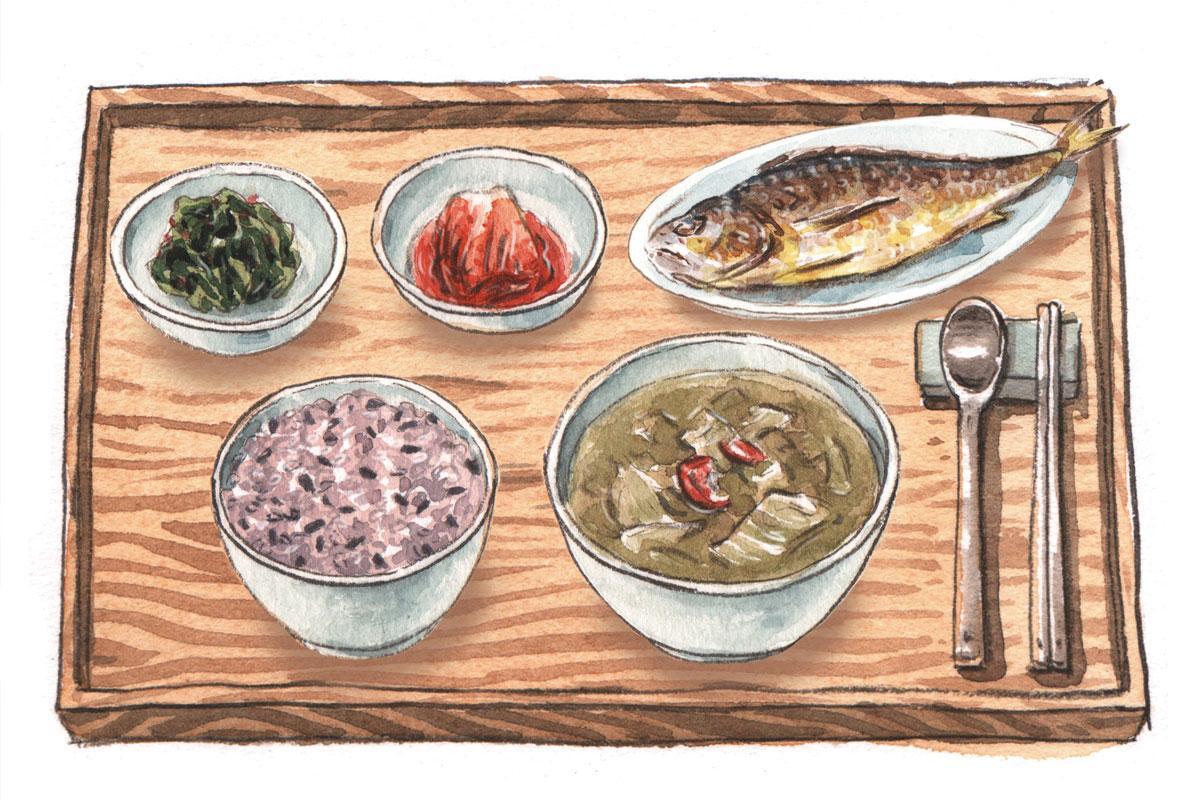
Seoul
Hanjeongsik (Korean Table d’Hote)
Hanjeongsik, or Korean table d’hote, is the most extravagant form of Korean table setting. Various dishes that display great exquisiteness and elegance are served on a single table at the same time. Get a glimpse into the table setting of the upper classes of the Joseon Dynasty.
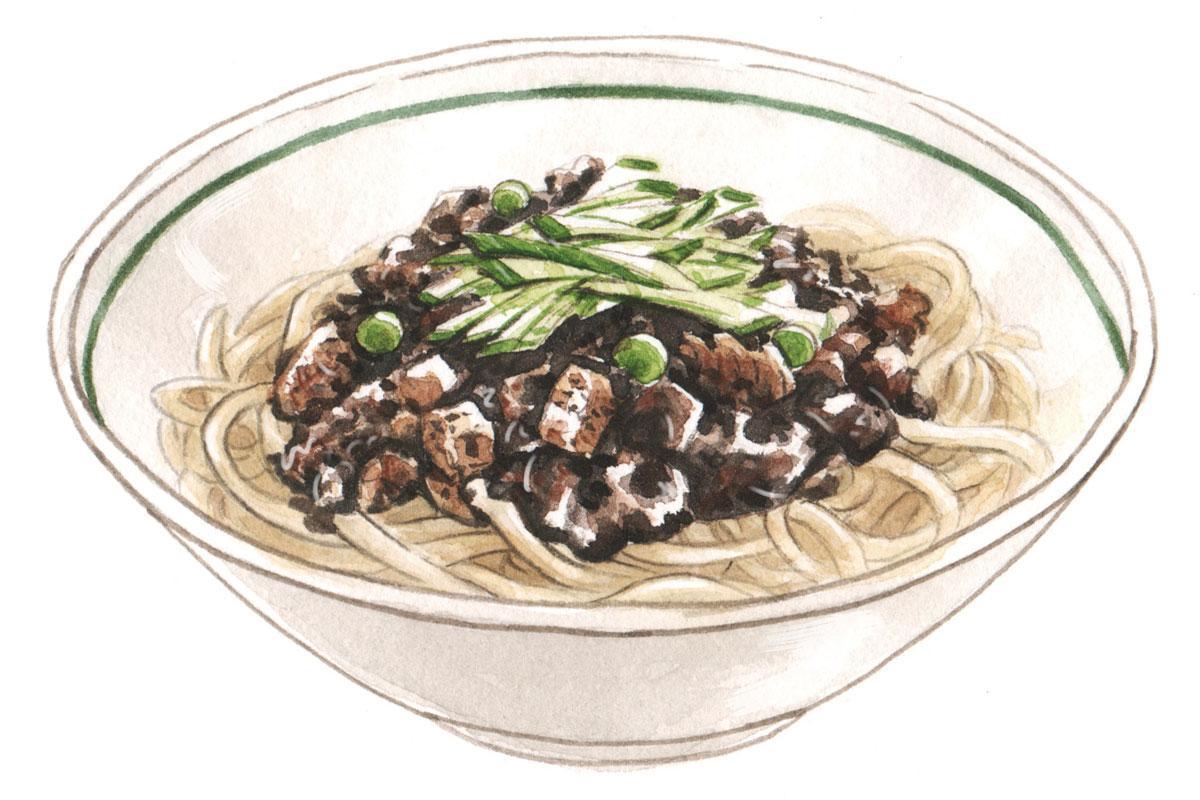
Incheon
Jajangmyeon (Noodles in Black Bean Sauce)
Jajangmyeon is a Korean variation on the Chinese version of this dish in which vegetables and meat are sautéed with black bean sauce then served over noodles. This dish was first developed in Incheon’s Chinatown.
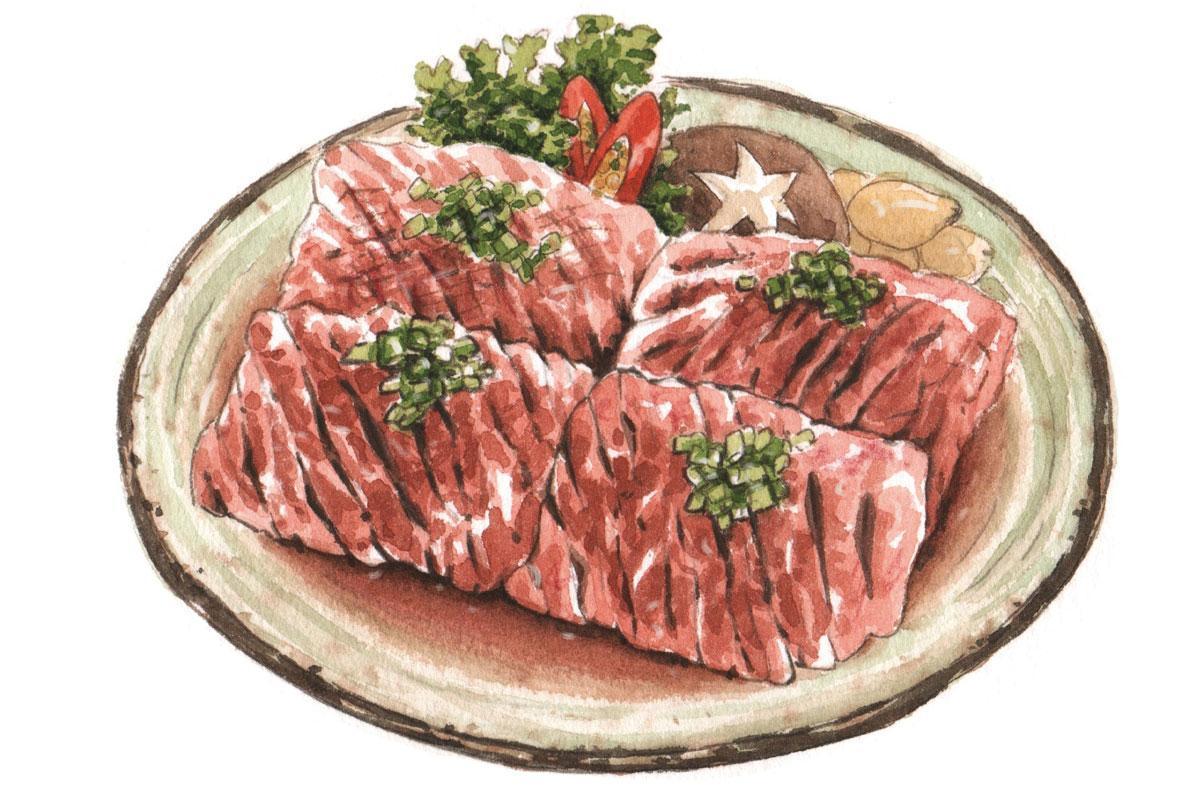
Suwon, Gyeonggi-do
Wanggalbi (Premium Beef Ribs)
Premium-sized beef ribs are scored, marinated and then grilled. The beef ribs are more than 15 cm long, which explains why the word “wang,” meaning king-sized in Korean, was added to the name.
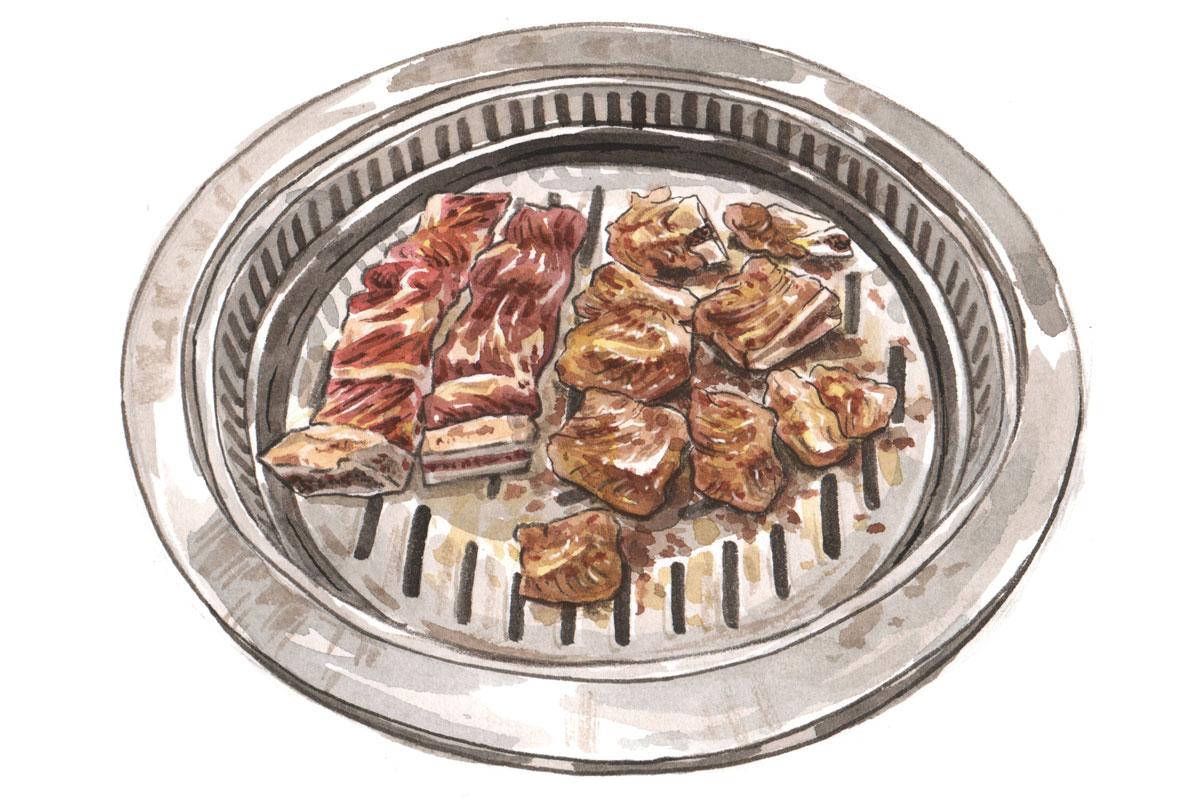
Pocheon, Gyeonggi-do
Idonggalbi (Idong-style Marinated Grilled Beef Ribs)
The beef ribs are marinated with fruit-based sauce and grilled over charcoal, which adds a depth of flavor. Marinated grilled beef ribs go well with Idongmakgeolli, a local traditional rice wine of Idong.
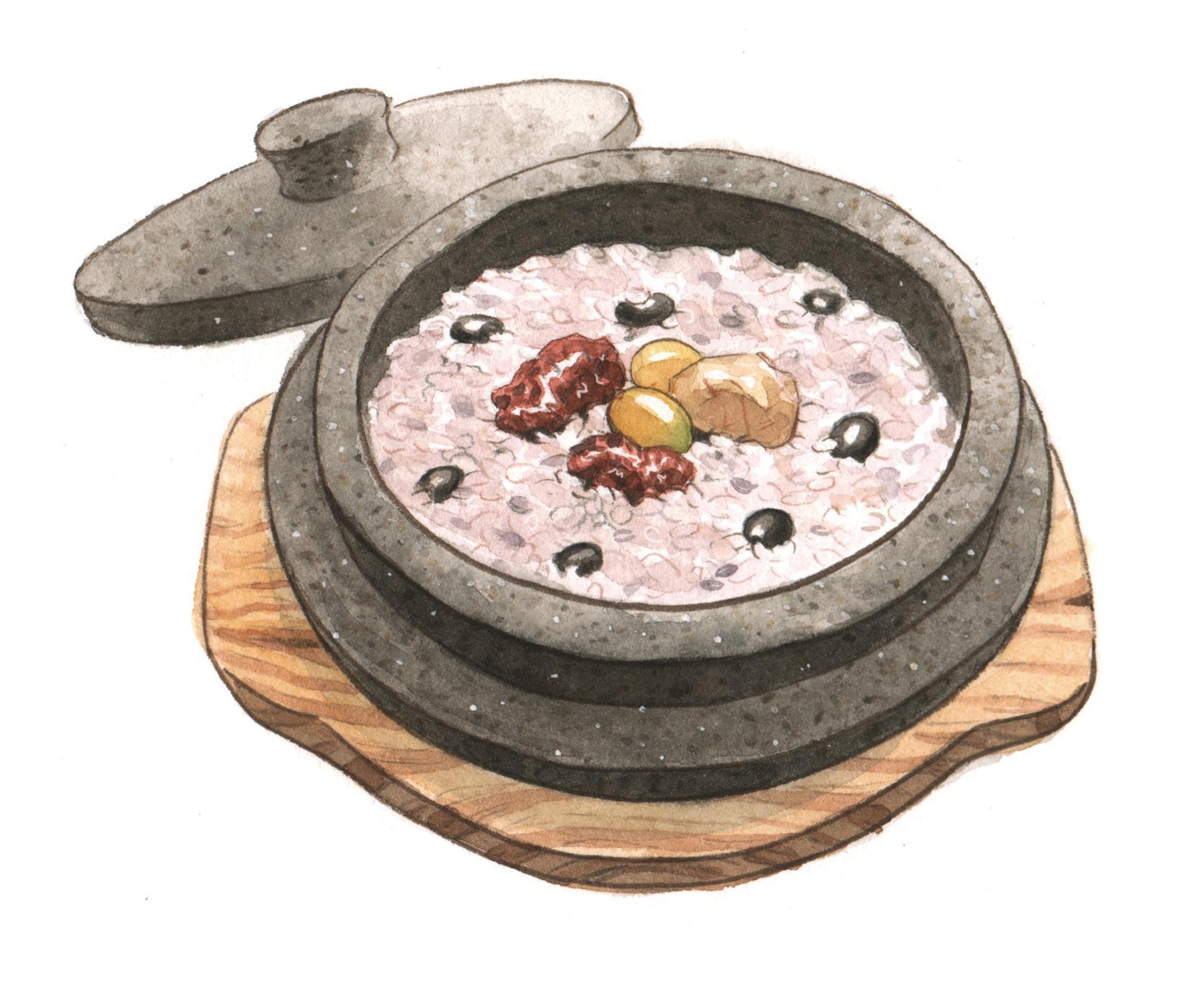
Icheon, Gyeonggi-do
Ssalbapjeongsik (Set Menu with Steamed Rice)
Ssalbap, or steamed white rice, and 9 or 12 dishes are served together, if you order a set with steamed rice. Glossy and tender steamed rice containing the right amount of moisture served with tasty side dishes is fit for a king.
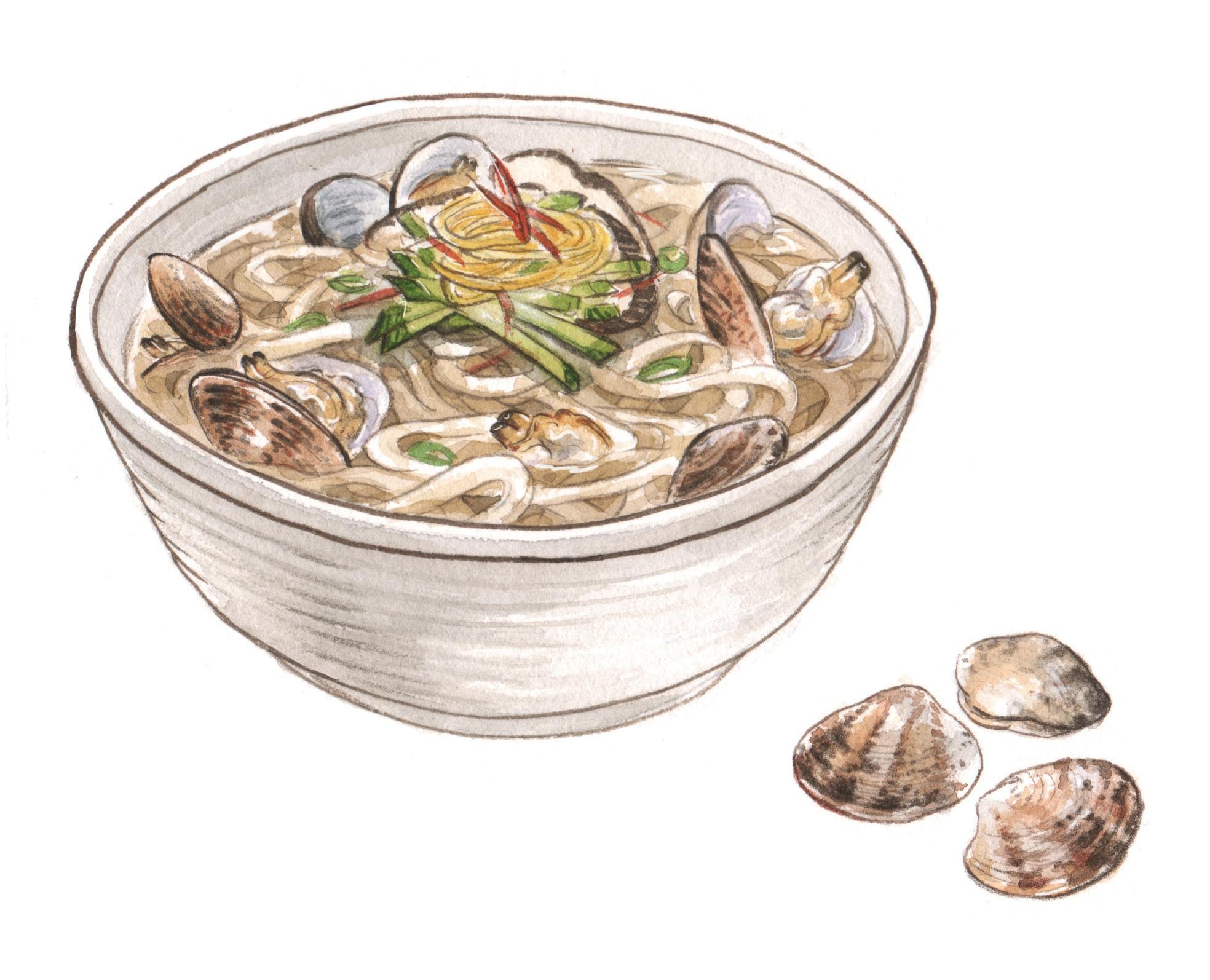
Hwaseong, Gyeonggi-do
Bajirakkalguksu (Noodle Soup with Clams)
Clams named bajirak caught near Jebudo Island add a genuinely rich and savory flavor to noodle soup. The clams are boiled in water to make a milkywhite clam broth, and chewy noodles are later added and boiled.
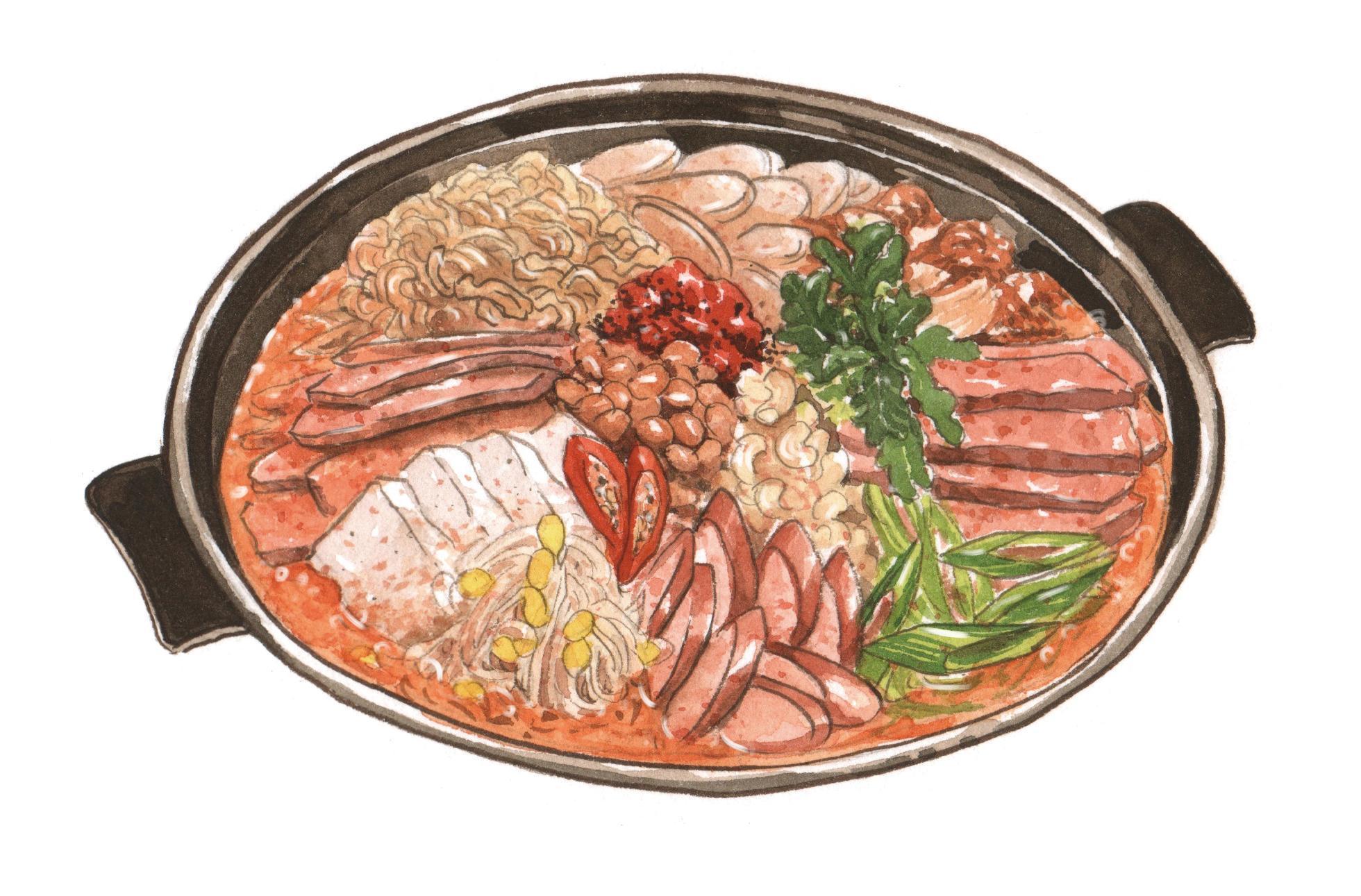
Uijeonggu, Gyeonggi-do
Budaejjigae (Sausage Stew)
Budae means military in Korea. Budaejjigae originated from stews made with sausages that Koreans used to get from a nearby military bases after the Korean War. Sausages, ham, kimchi, sliced tteok (rice cake), and fresh vegetables are boiled with gochujang (red chili paste).
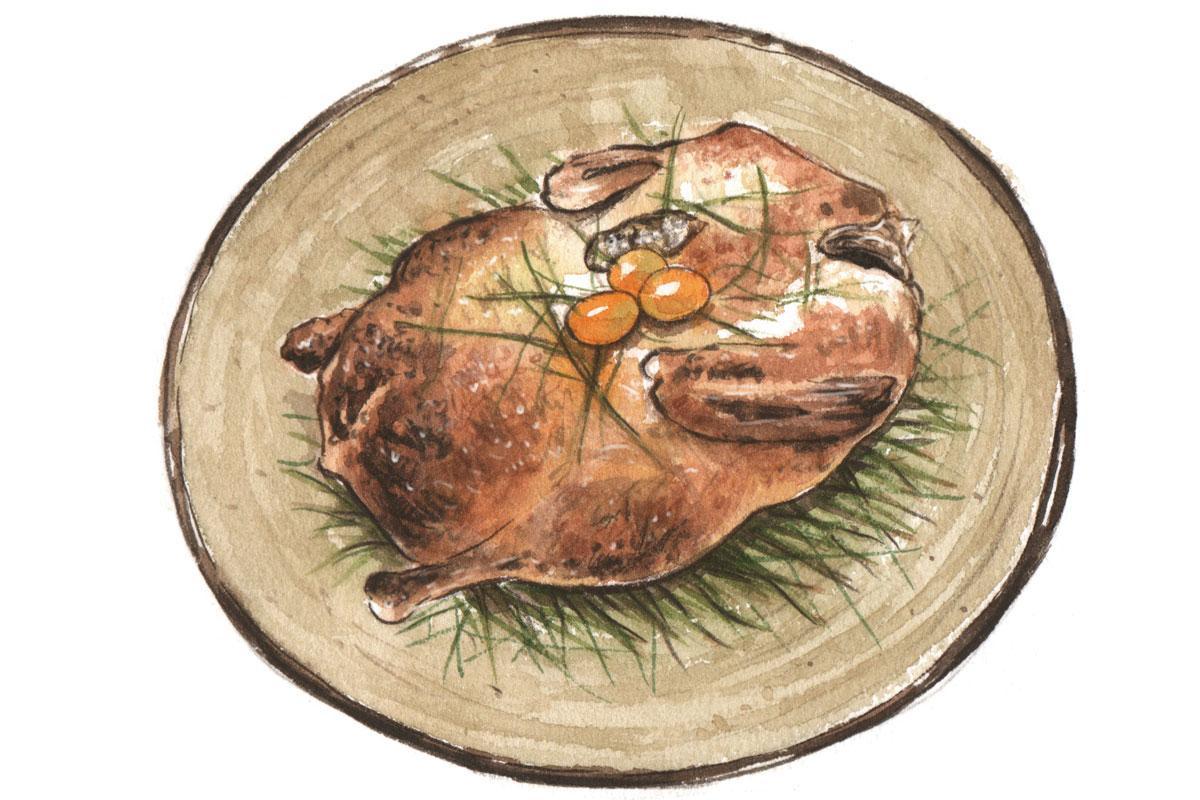
Hanam, Gyeonggi-do
Yuhwangorigui (Grilled Mineral-fed Duck)
Mineral-fed duck, which has enhanced medicinal benefits, is roasted in a brazier, which is quite same as baking pottery in a kiln. In the process, the fat from the duck meat is cooked away, and only the non-greasy and finger-licking meat remains.
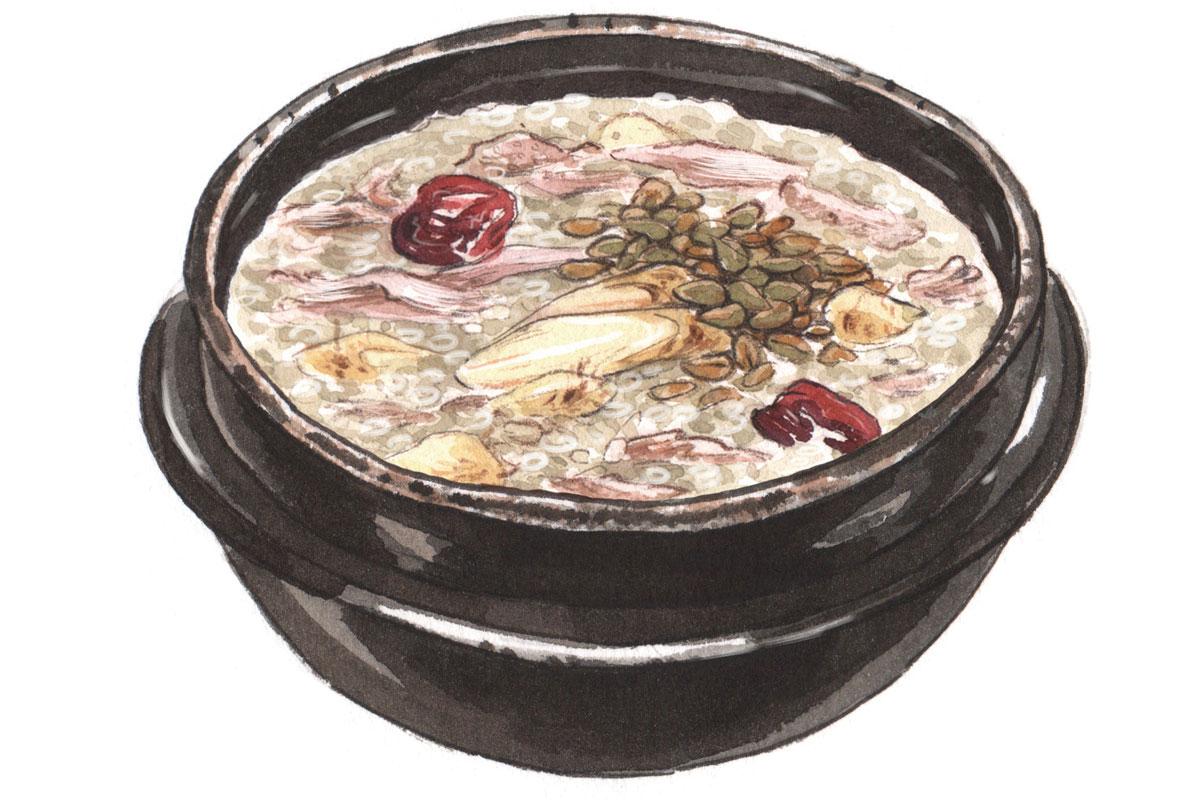
Seongnam, Gyeonggi-do
Dakjuk (Chicken Porridge)
Chicken is boiled in water with medicinal herbs like ginseng and milk vetch roots, and rice is added and simmered. The balance of the rich broth, smooth rice, and tender chicken meat make this porridge a true comfort food.












![[A ZONE] Gangnam Food Spot](https://m.dgram.co.kr/wp-content/uploads/2020/09/A존-알래스카3-특성이미지_S-324x160.jpg)
![[A ZONE] Gangnam Life Style](https://m.dgram.co.kr/wp-content/uploads/2020/09/로우클래식1-특성이미지_S-324x160.jpg)




